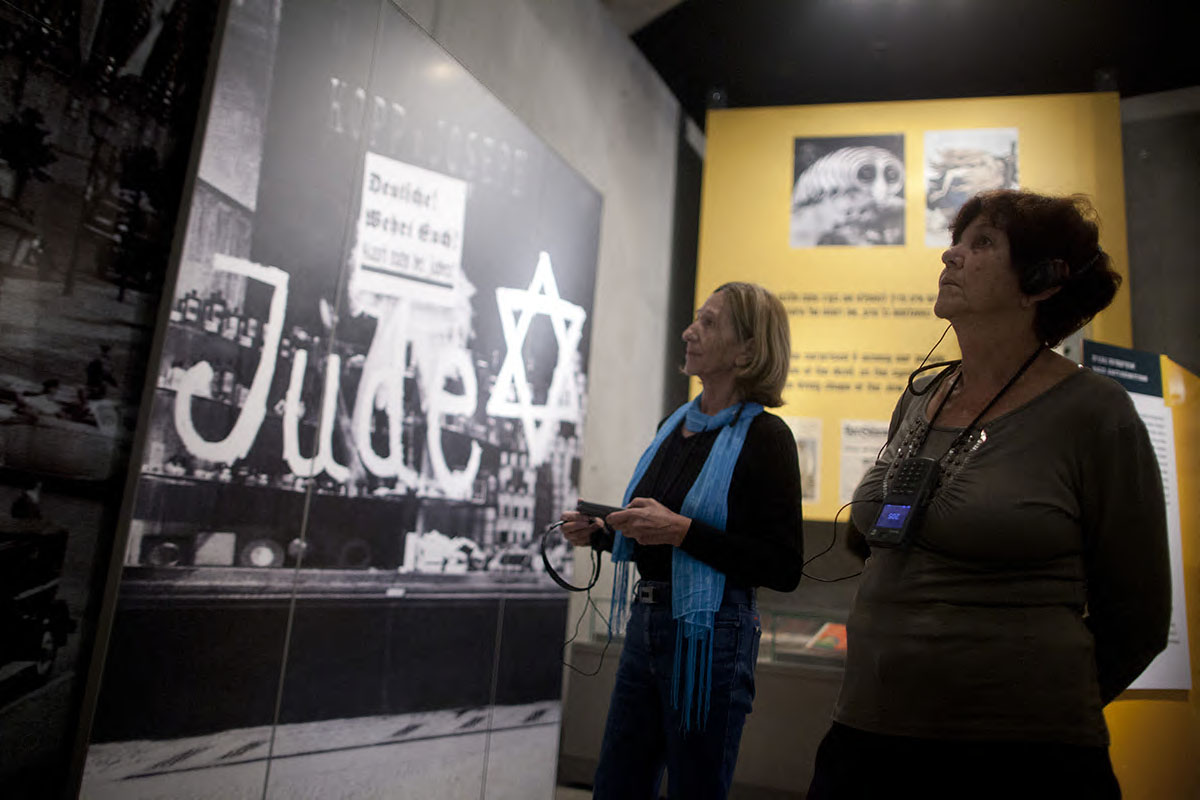Zalman Gusinskii was born in 1916 in Vitebsk, Belorussia. In 1939, he graduated from the Navy Medical Academy in Leningrad and was assigned to the Northern Fleet. There the 22-year old Gusinskii served as a flagship doctor at a Red Navy Northern Fleet submarine base near Murmansk, on the shore of the Barents Sea. At the base Zalman Gusinskii engaged in research on the air in submarines, specifically how the proportion of oxygen could be maintained at a sufficiently high level while keeping the level of carbon dioxide low.
At the beginning of the Soviet-German war in June 1941 Gusinskii was on board a submarine engaged in a training mission. Despite the fact that his profession as a military surgeon should have entailed his remaining on base, more than once during the war Gusinskii took part in submarine missions in order to test in action techniques that he had invented. He did so to the chagrin of the base command, which was not eager to do without his services as a surgeon. In addition, Gusinskii mastered several other submarine specialties, specifically those of signalman and radioman. He did this so that he would be able to replace other sailors if necessary. Thus, when he was not caring for the health of the crew, he served as a rank-and-file signalman.
In May 1942, Gusinskii took part in a patrol of the submarine M-172 under the command of his close friend Captain Izrail Fisanovich. As usual, the doctor, had with him his research equipment. The submarine torpedoed and succeeded in sinking an enemy transport ship in the Barents Sea, but it was detected. The Germans began to drop depth bombs on the M-172, one of which damaged the submarine's fuel tank. Together with a sailor, Gusinskii, repaired the tank. His equipment for regenerating the submarine's air supply enabled the crew to survive a ten-hour stay under water.
Zalman Gusinskii finished the war with the rank of lieutenant colonel in the medical service. He was awarded three orders: those of Patriotic War, 2nd and 1st class, and the Order of the Red Star. The text of the citation for the latter award, in May 1945, mentioned not only that he had repaired the fuel tank of the M-172 three years earlier, but also that in the course of the war he had given medical care to 6,000 military personnel.
In 1943, an article on Gusinskii appeared in the Soviet Yiddish newspaper Eynikayt.
After the war, Gusinskii continued his research on regenerating air in submarines. He died in 1986.
From the memoris of Taras Fisanovich
In his memoirs published in 2013 Taras Fisanovich, a son of the captain Izrail Fisanovich, related an interesting episode involved his father and Gusinskii:
"Shortly before his death in the fall of 1985, my father's friend, former flagship doctor of the Northern Fleet submarines Z.S. Gusinskii told me a story that confirmed my understanding of my father's way of action. According to Zalman Samuilovich [Gusinskii], during the war in the North, there was a rather high-ranking officer (unfortunately, I cannot remember his name, but the first letter I think was V.). From time to time, this officer would invite a Jew, either a subordinate or a colleague, for booze, and then during the bout of drinking he would beat up his guest. Gusinskii too fell to this trap. In his childhood, Gusinskii had experienced a pogrom and, during that pogrom, his frontal bone was fractured; until his last day, you could see how his brain pulsated beneath the skin in the area of the break. I cannot understand how he was accepted for the submarines. Fearing that he might be hit on this place, which would immediately make him lose consciousness, Gusinskii, of course, did not offer real resistance but somehow withdrew. Having learned about this, Fisanovich inveigled an invitation from the sadist, and when, during the drinking, the latter began to choke him, Israel [Fisanovich] beat the villain bloody, making him for quite some time the laughing stock of the whole fleet. Although beating a senior officer during the war was punished by court martial, in this case the command preferred to hush up the event."






